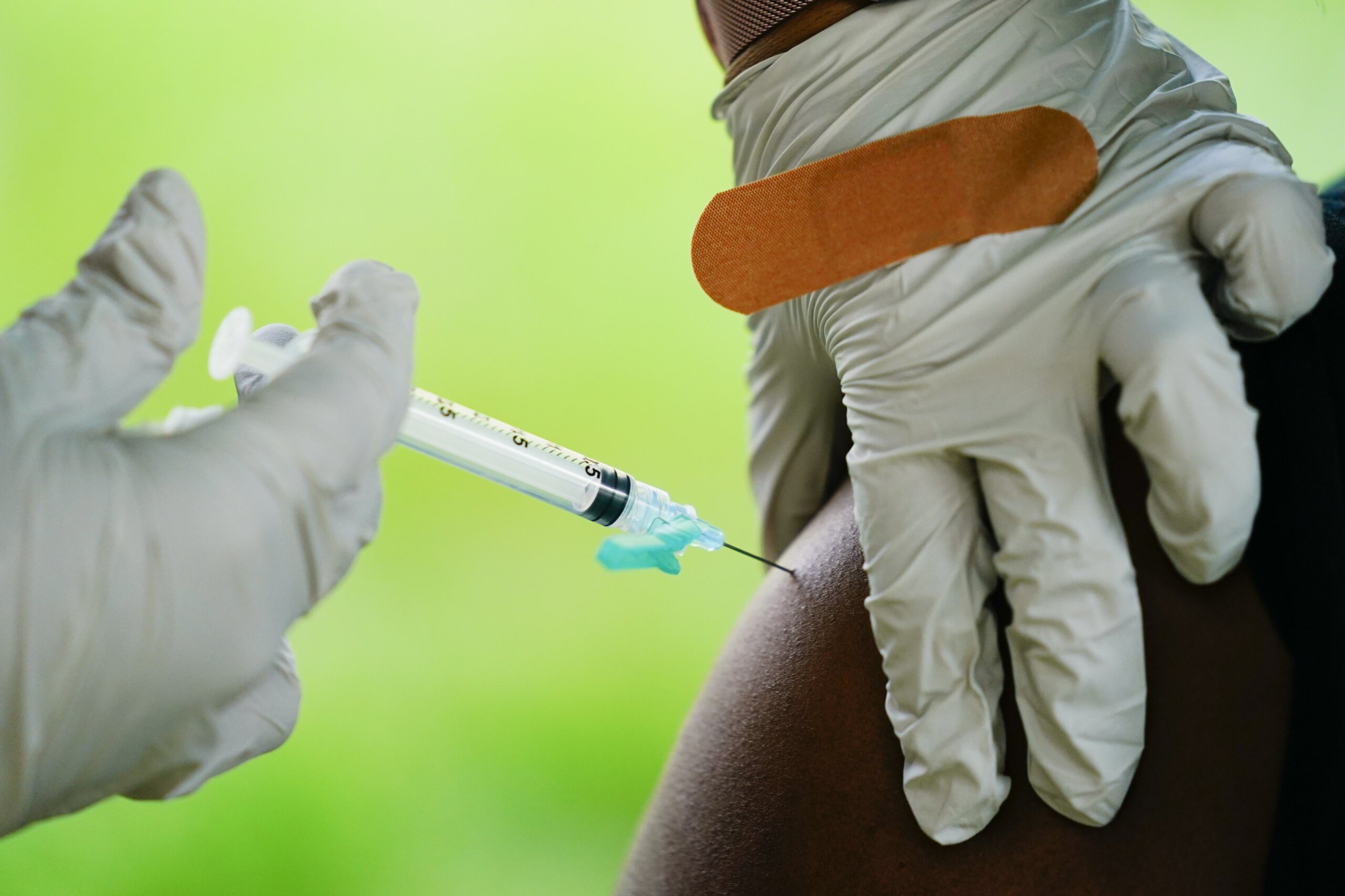COVID in California: UCSF’s Wachter discusses strategies for safe holiday gatherings


Bay Area health officials on Wednesday said a substantial increase in flu activity and other respiratory viruses since the start of the month has led to a spike in emergency department visits and is already putting a strain on health systems across the region. It’s the first year health agencies are facing not just COVID-19, but increased influenza cases and unusually high levels of RSV, a common viral illness that can cause trouble breathing for infants and young children, and in older adults.
UCSF’s Wachter discusses three strategies for safe holiday gatherings
With a “tripledemic” of respiratory viruses — COVID-19, flu and RSV — already hitting parts of the U.S., safely gathering for the holidays may prove challenging once again. On the latest “In the Bubble” podcast, guest host Dr. Bob Wachter of UCSF asked Dr. Caitlin Rivers, an infectious disease epidemiologist at Johns Hopkins, about steps people can take to better protect vulnerable family members during Thanksgiving. Ventilation is key, she said. “It’s November. It’s chilly in a lot of places. But if you can crack a window, if you can get that air circulating, that will reduce the risk from all three viruses,” Rivers advised. “Also, hand-washing. I think we‘ve all turned our nose up at hand-washing after airborne transmission became a more prominent part of COVID-19 transmission. But let’s not give it up completely.” She added that coronavirus testing should also be a part of the mitigation strategy. “Testing for COVID-19 can help to reduce the risk that someone infectious from that virus comes to your dinner.” She said while no plan is foolproof, any additional layer of protection should help. “We’re all about down risk right now, not eliminating it entirely.”
CDC report finds COVID-19-related death rate mostly stable since ‘rapid reduction’ in March
The U.S. death rate from COVID-19 decreased “substantially” in March and has since hovered around resulting lower levels, though the virus remains among the leading causes of death in the country, according to a new review of data from the Centers for Disease Control and Prevention. The U.S. averaged fewer than 22 deaths per 100,000 people, for all age groups, from April to September this year, the longest interval of the pandemic to date with that low of a mortality rate, the CDC found. However, there were still 2,000-4,500 COVID-19-related deaths reported weekly during that period.
The CDC also found a decrease in COVID-related mortality rates for all racial and ethnic groups in early 2022 and that the risk of COVID-19 patients dying in hospital declined among all adult age groups from March-August 2022 compared to the previous nine months. While COVID-19 remained the underlying cause of death for most COVID-related deaths, a higher percentage of such deaths listed COVID-19 as a contributing cause from January-September 2022 compared to earlier in the pandemic, per the CDC.
Adults age 65 and older continue to display the highest COVID-19-related mortality rates. Starting this January, the proportion of such deaths in people under 65 began to decline, and it accounted for less than 15% of deaths from July-September 2022, despite those people making up about 84% of the U.S. population, the CDC found. Men continue to have a higher COVID-related mortality rate than women, with a likelihood of death ranging from 1.2-1.7 times higher during from March-September this year.
Vaccination status also had an effect: In August 2022, rate of COVID-19-related death for unvaccinated U.S. adults was three times higher for ages 18-29, five times higher for ages 30-49 and six times higher for ages 50-64 than among adults in the same age group who’d received a primary vaccine series, per the CDC. For ages 65-79, risk of death was nine times higher among unvaccinated adults than for those who received at least the primary series, the CDC found.
Despite fewer COVID-19-related deaths reported to date in 2022, provisional data indicates it remains the third-leading cause of death in the U.S., the CDC said. Only heart disease and cancer caused more deaths in the U.S. than COVID-19 in the past two years, per the organization. Factors impacting COVID mortality rates include immunity in the population from vaccines and prior infections, introduction of treatments and changes to the virus, the CDC said.
Permanent COVID memorial planned in L.A.
Los Angeles may soon install a permanent COVID-19 memorial, city officials said Wednesday as they announced the launch of the COVID-19 Pandemic Reflections Initiative. “The COVID pandemic has impacted all of us in a profound way, including through the loss of family members, friends, colleagues, and neighbors,” said Mayor Eric Garcetti in a news release. “This memorial will provide us with a physical space where we can honor and remember our loved ones.” First steps for the project include a citywide survey and community listening sessions, according to the release. “In recognition of the many lives lost as a result of the COVID-19 pandemic, this initiative will give the residents of Los Angeles the opportunity to honor the people we loved and to reflect, remember, and instill hope as we move forward in our recovery and healing,” said Daniel Tarica, interim general manager of the Department of Cultural Affairs.
United expects busiest travel day since start of pandemic
United Airlines expects to carry 5.5 million passengers during the Thanksgiving travel period, marking a 12% increase over last year, Reuters reports. The carrier said Wednesday it will operate more than 3,700 flights per day on average between Nov. 18-30, accommodating as many passengers as it did over the same period in 2019 before the COVID-19 pandemic. The airline forecasts that Sunday, Nov. 27, will be its busiest day with more than 460,000 passengers.















